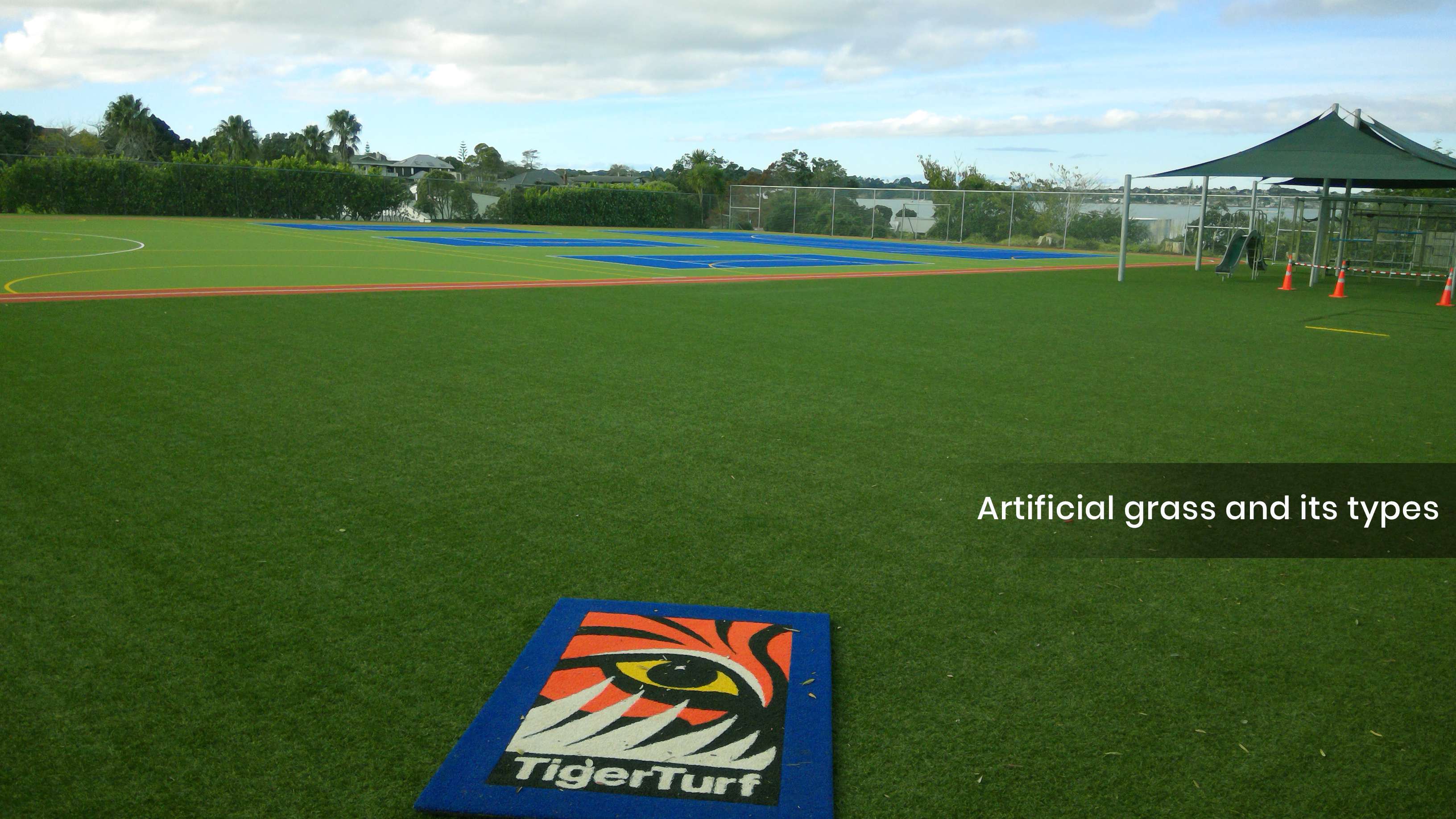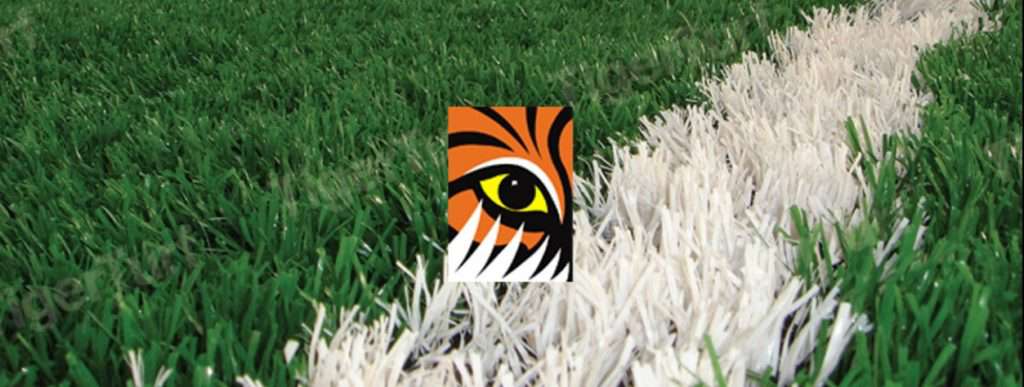

Here we will talk about everything you need to know about artificial turf. A very common question people ask before installing a playing field is whether to choose natural/real turf or artificial turf. Making the decision requires a lot of time and effort because they have to consider a lot of factors before installing artificial turf as the investment required, the durability of the surface, choosing the proper vendor and so on so forth. Let’s breakdown some of these factors here one by one.
Artificial turf or synthetic grass is a surface made out of synthetic fibres that replicate the look and feel of natural grass. These fibres can be customized as per the requirements of the buyer. Artificial turf comes in a variety of colours and textures that provide options for the customer while selecting the perfect product for their required usage.
The first artificial turf was introduced back in 1965 and ever since then it has been gaining a lot of “ground”. Most major Sports Development Bodies are choosing artificial turf over natural grass.
Simply put, natural grass is something that comes from mother nature while artificial grass is a synthetic surface produced in factories. But we are not looking for such simple answers, are we?
There are some key factors on which we shall distinguish between natural and artificial grass.
There are many advantages of using artificial turf, the most common ones being
Though there are various options for artificial turf, the most common ones are:
Monofilaments are synthetic turf fibres that are squeezed out from a spinneret. The cross sections of the blade are determined by the die hole of the spinneret. Traditionally, monofilament fibres have been recommended and preferred in soccer-specific applications, or lighter-use facilities.
The main reason monofilaments perform better for socceris because the fibres tend to stand vertically longer, due to which the ball roll becomes slower and the ball to surface interaction feels more natural. The other sports where these type of fibres can be used are rugby,American football and even lacrosse.

Fibrillated tape products are produced by foil removal. The foil is split into a tape and the tape is fibrillated in a specific pattern. The fibrillation gives a natural look and feels after the installation of the synthetic turf pitch. A well designed fibrillated tape, such as TenCate’s XP Pro, is a true game changer. The fibres are designed to withstand significant activities with great durability.
A fibrillated tape field is ideal for multi-purpose fields which can be used for multiple sports like football/rugby/American football. The wide tape/film binds higher within the backing textile construction than monofilament fibres. As soon as the field gets played on, the fibrillated tape fibres cross hatches and create a cup-like shape. This condition makes for a quick surface and has the benefit of enclosing the infill. As a result of this, the maintenance hours and cost for the upkeep of the field are reduced. The cross hatch of the tapes increases the surface area also which provides more surface area per footprint and increases the available material on the field.

This is still classified as a Natural Grass System. Typical 100% Natural Grass with full comprehensive maintenance usability is about 200-400 hours of usage/year. Our Hybrid Turf System can go up to 1,000-1,200 hours per year with the same comprehensive maintenance.
Hybrid turf is the new addition to the artificial turf market. It is a block system which reinforces natural grass turf with synthetic turf fibres that provides the added advantage of natural grass playability as well as a surface which is much more resistant to wear and tear.
It is a network of synthetic turf fibres weaved into a strong backing material which is laid directly on a standard pitch base. The synthetic ingredient is carefully infilled with a special root zone mix and is sown with grass seeds. These seeds germinate and grow between the synthetic fibres within days of implantation. This creates an incredibly strong natural grass surface which is more resistant to wear and tear. This structure can be installed easily on site that only requires a standard pitch installation equipment and using a high appointment of labour.
Hybrid surfaces are perfect for application where it is very difficult to maintain a natural grass pitch or where the customers don’t want a 100% artificial turf pitch.

On an average, an Artificial Turf lasts for from 5 to 15 years. However, a few factors determine the durability of the pitch. The factors determining the lifespan are:
In short, Artificial Turf is now a game-changer, both in terms of cost over the number of playing hours and its ability to withstand extremes of the season.Schools, clubs, government sports bodies and even housings are starting to realise the benefits of using synthetic surfaces. Installing a synthetic turf initially might require a higher amount of investment but it pays for itself in the long run. The overall durability, reduced cost of maintenance, reduction in usage of water are some of the highlighting factors why artificial turf is gaining so much popularity.
Oscar Foundation is a football development non-profit organization dedicated to empowering children and youth in low-income communities in India.
Set on a hilltop with a breath-taking view, this ‘pay n play’ facility has encapsulated the interest of the people of Mizoram.
Altius Sports designed synthetic turf surface for Tashi Namgyal Academy in Gangtok. The first in Sikkim to get the TigerTurf upgrade.